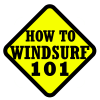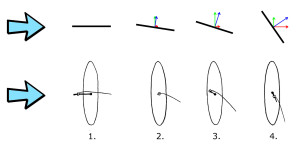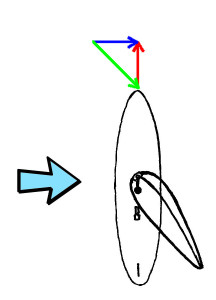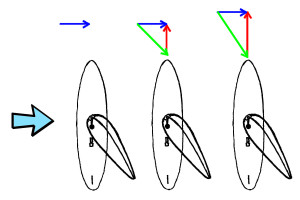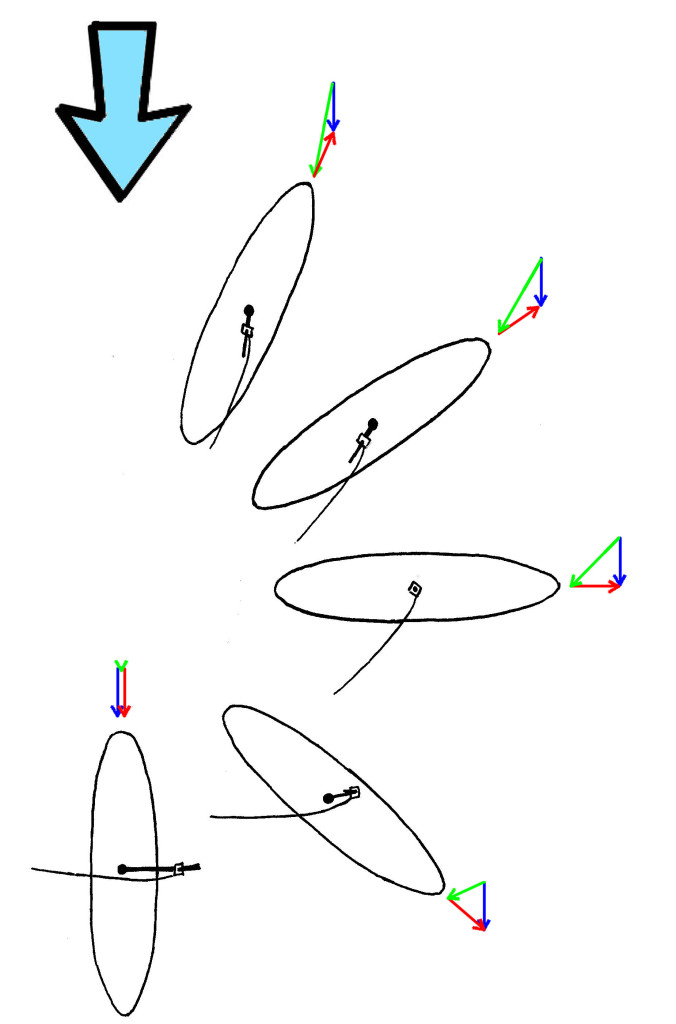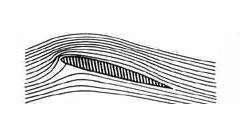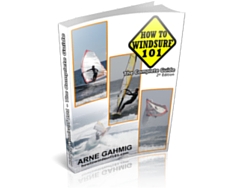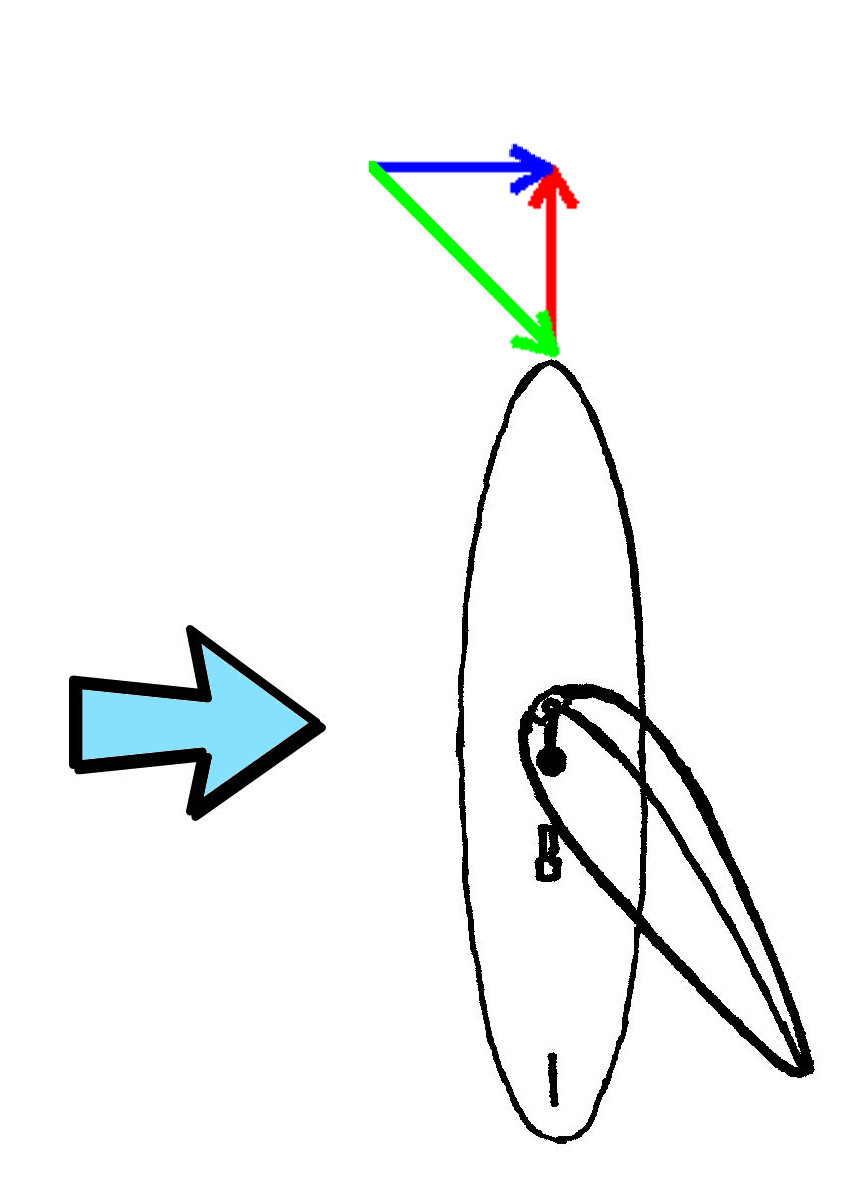
Physics of Windsurfing
Why do I need to know this? Well, although you can probably windsurf by following the indications of an instructor, if you are going to try and learn how to windsurf on your own, understanding thow the sail words will save you a lot of trail and error and frustration and improve our technique so that you can get the most out of the sail enjoy the full range of what is possible in windsurfing especially in terms of speed, the powerjybe and the bottom turn.
How the windsurf sail works
The sail works like the wing of an aeroplane. Funny thing is that I have had students that had taken plane flying lessons have the workings of a wing explained as: “working the same as a sail”. So, let’s explain how a wing/sail works shall we?
Here is a video that explains thie workings of a wing nicely if you can keep up with the speed at which he speaks.
First, let’s pretend the sail is a rigid flat surface. The best comparisson I have is comparing it to sticking our hand out of the window of a car (if you have never done this, you didn’t have a childhood)
When we stick out hand out horizontally, the wind generated by the car hardly affects us.
If we now tilt our hand slightly so the little finger (trailing edge) is lower than the thumb (leading edge) the hand starts to get rise. In other words it generates an upwards force called lift.
However, there is a second force, a sideways force called drag. As we continue to tilt our hand, the lift reduces and the drag increases. Eventually there is going to be more drag than lift and the hand will just be blown sideways rather than up. The same occurs with our sail.
Naturally just a small angle of attack of the sail to the wind only offers very little surface for the wind to generate any sort of force on whereas too much surface (from a too large angle of attack) will result in too much drag. We want to find the sweet spot between getting the maximum lift and generating only as much drag as absolutely necessary.
Relative Wind
So now we know how important it is to find the best angle of attack of the sail to the wind. As we start to sail we only have to take into account the true wind.(blue arrow) As we start to move we start to feel another wind component which we will call the board wind (red arrow – in sailing it is called the boat speed).
If we combine these two wind components we get the wind we feel: the relative wind (green arrow). Depending on which course we are on and the speed we are going at we will get a different relative wind. Since our sail must be positioned at the perfect angle with respect to the relative wind, we must constantly be modifying the sails’ angle of attack to get the maximum speed the wind and sail can allow us.
Here is the relative wind as we build up speed..
And here is an example of how the relative wind varies at the same speed on different courses.
I hope now you get an idea how to get the most out of your sail. Now a small change in how the sail is built to get the most out of the wind.
Sail Profile
Now let’s look at the profile of a sail and the air flow along it.
As you can see, the curve of the sail causes the air particles on the lee side to have a longer way to go than the ones on the windward side.
According to Bernoulli’s Principle this difference in speed creates a difference in pressure, the top side (our leeward side) having less pressure and the underside (our upwind side) having more. Since the pressure acting on our side of the sail is greater than the pressure on the other side, lift is generated and we move forwards.
These two components of lift generation (angle of attack and sail shape) are what makes up move. Understanding this will help us get the most out of our sails in terms of speed and early planing.
I hope this has explained how your windsurfing sail works. For an fun video going through exactly this subject you can check out Surfertoday.com and their post “How does a Windsurfing Sail Work?” If you have any questions, feel free to let me know in the comments.
